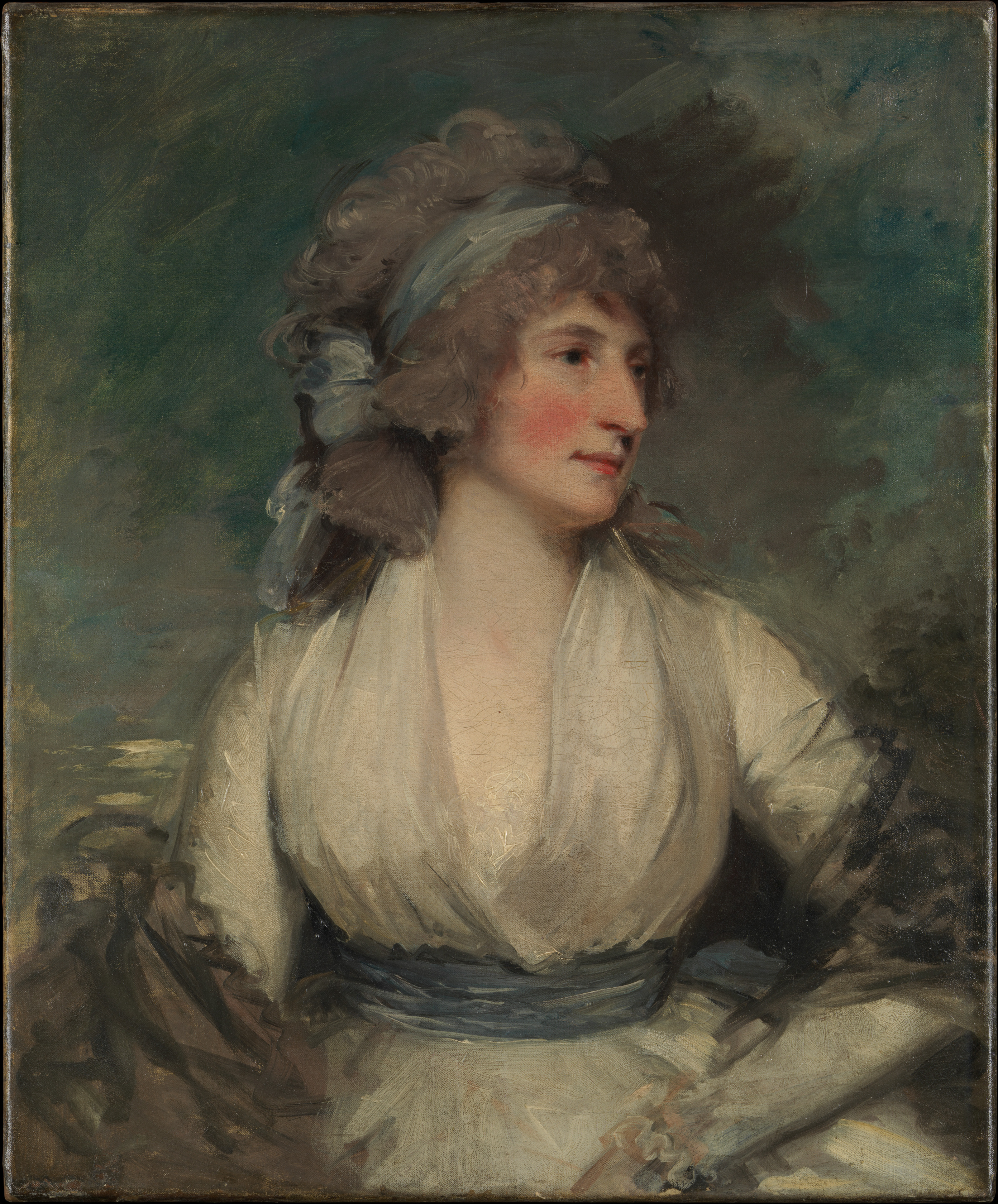
This hood is was made using the instructions in ‘The American Duchess Guide to 18th Century Hair and Beauty’. While it does look like it was stolen from Darth Sidious it was popular in the second half of the nineteenth century for warmth and protection against rain.

The large size is for pure awesomeness and to be able to go over any large hairstyle you might have. It is made from one large rectangle that has been gathered at the back, and the bottom has been folded up to make a drawstring. It ties at the front with said drawstring.

The material I made this out of is a polyester taffeta, though the 18th-century correct fabric would be silk taffeta. This is quite simple to make and perfect if you want to look like a resurrected Sith lord.
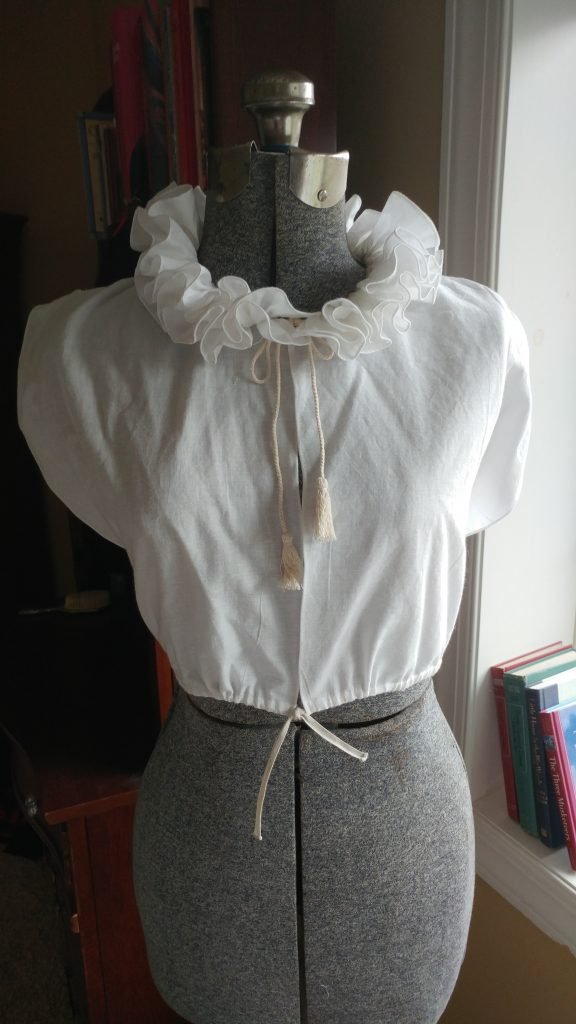

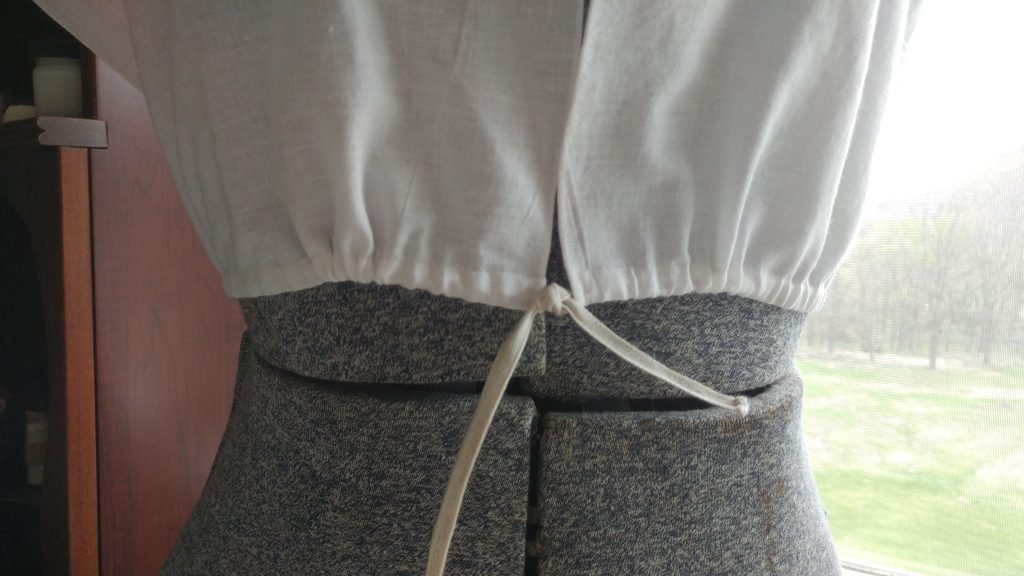
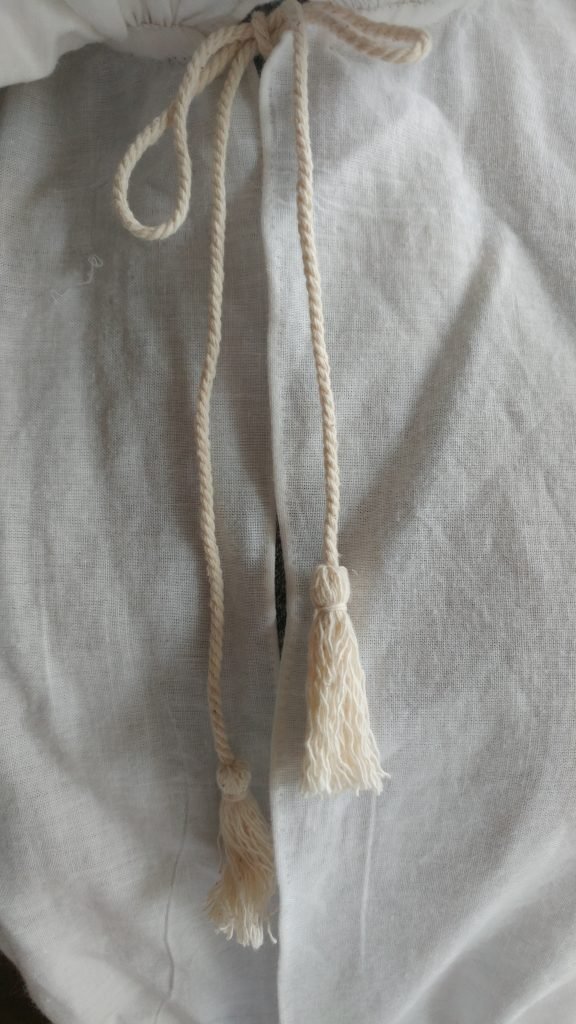


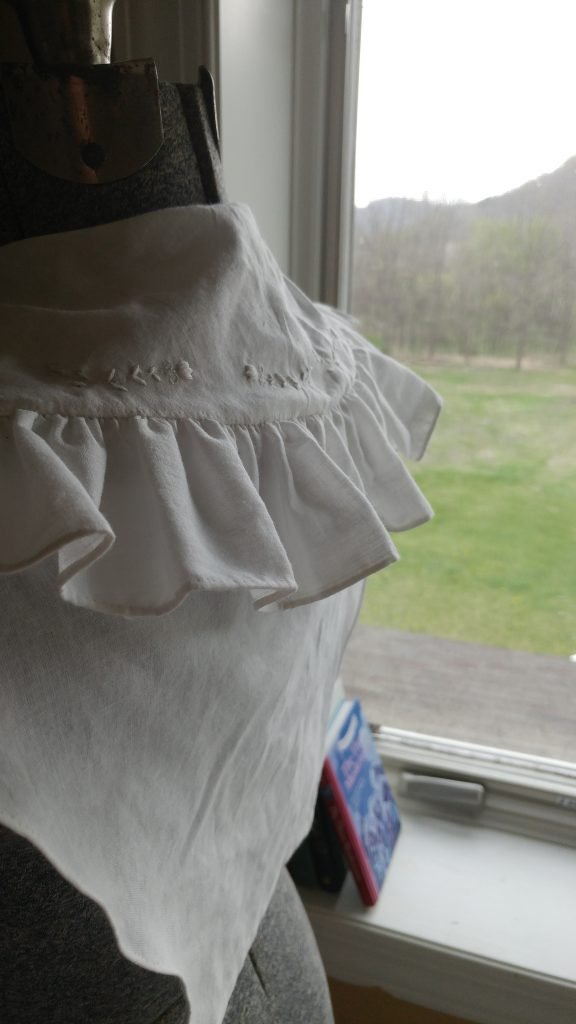
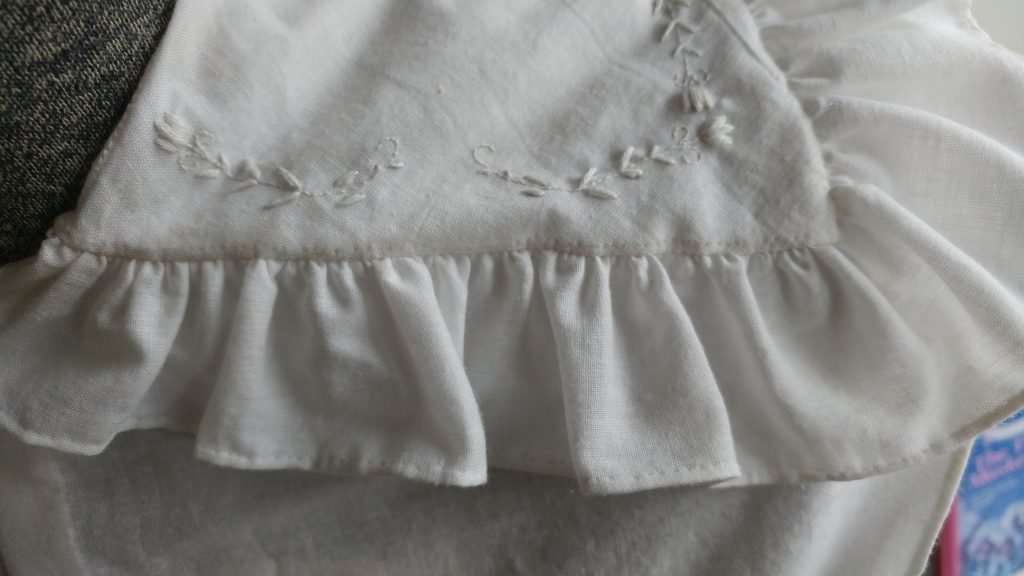
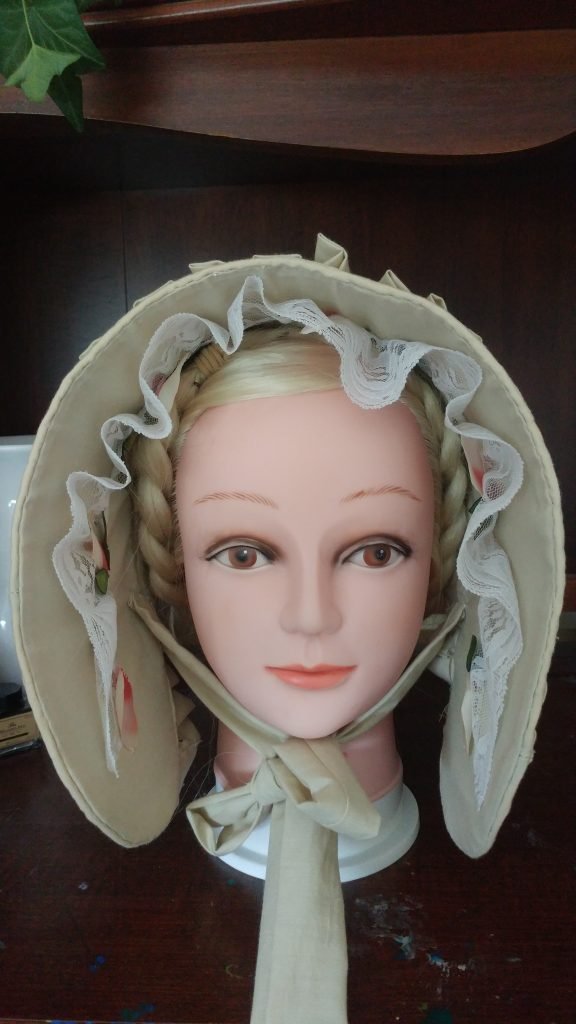
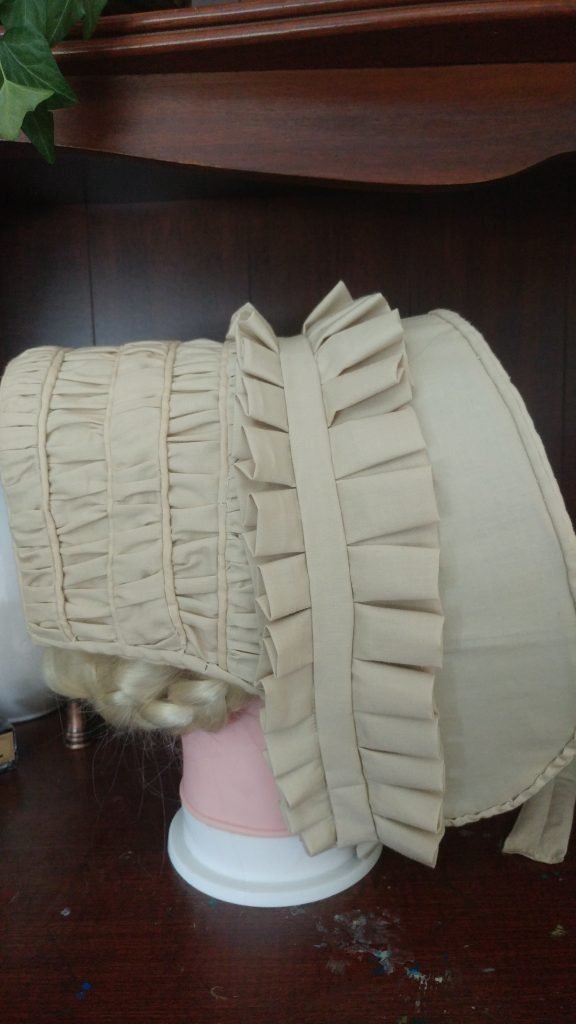

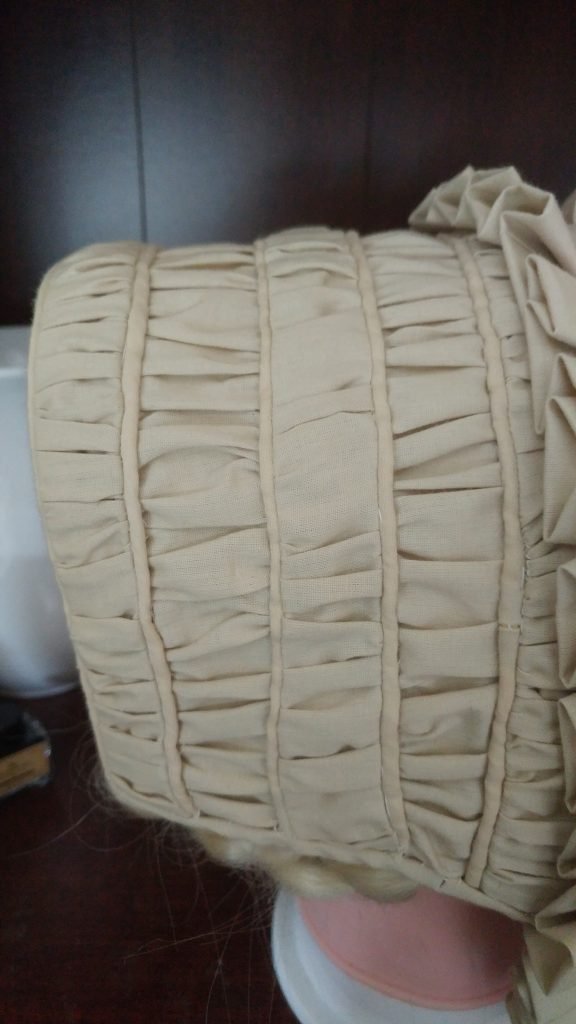
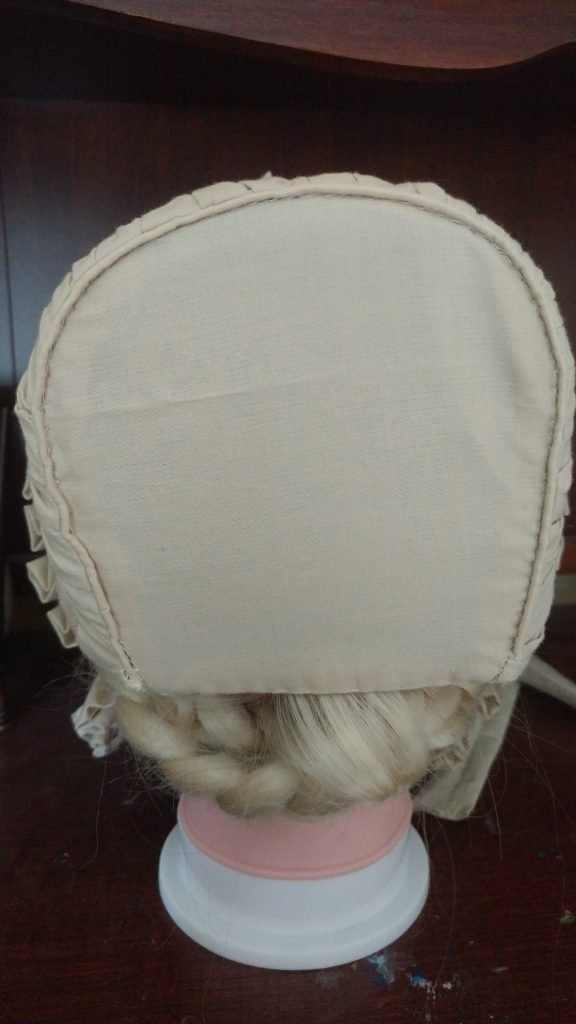


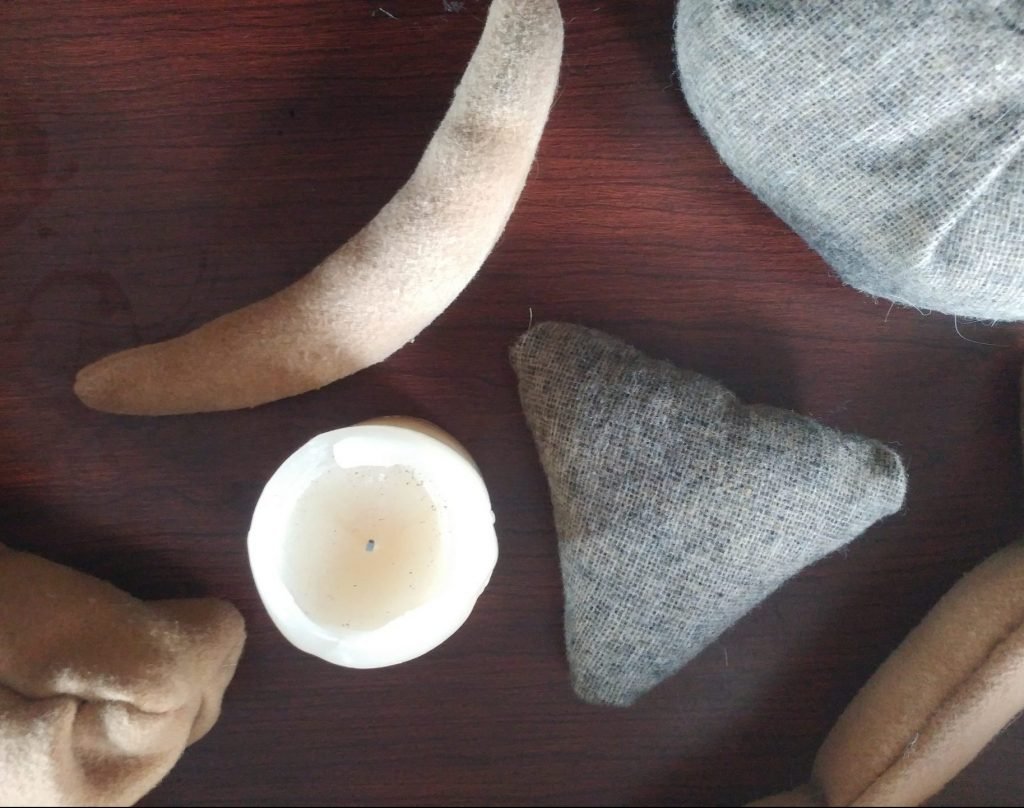



%2bPortrait%2bof%2ba%2bLady%2cc%2b1770.jpg&ehk=5CArKgFylC75Lp%2bxHsQiQbHg6YNAbNcOBLq%2feLhhMOI%3d&risl=&pid=ImgRaw)






